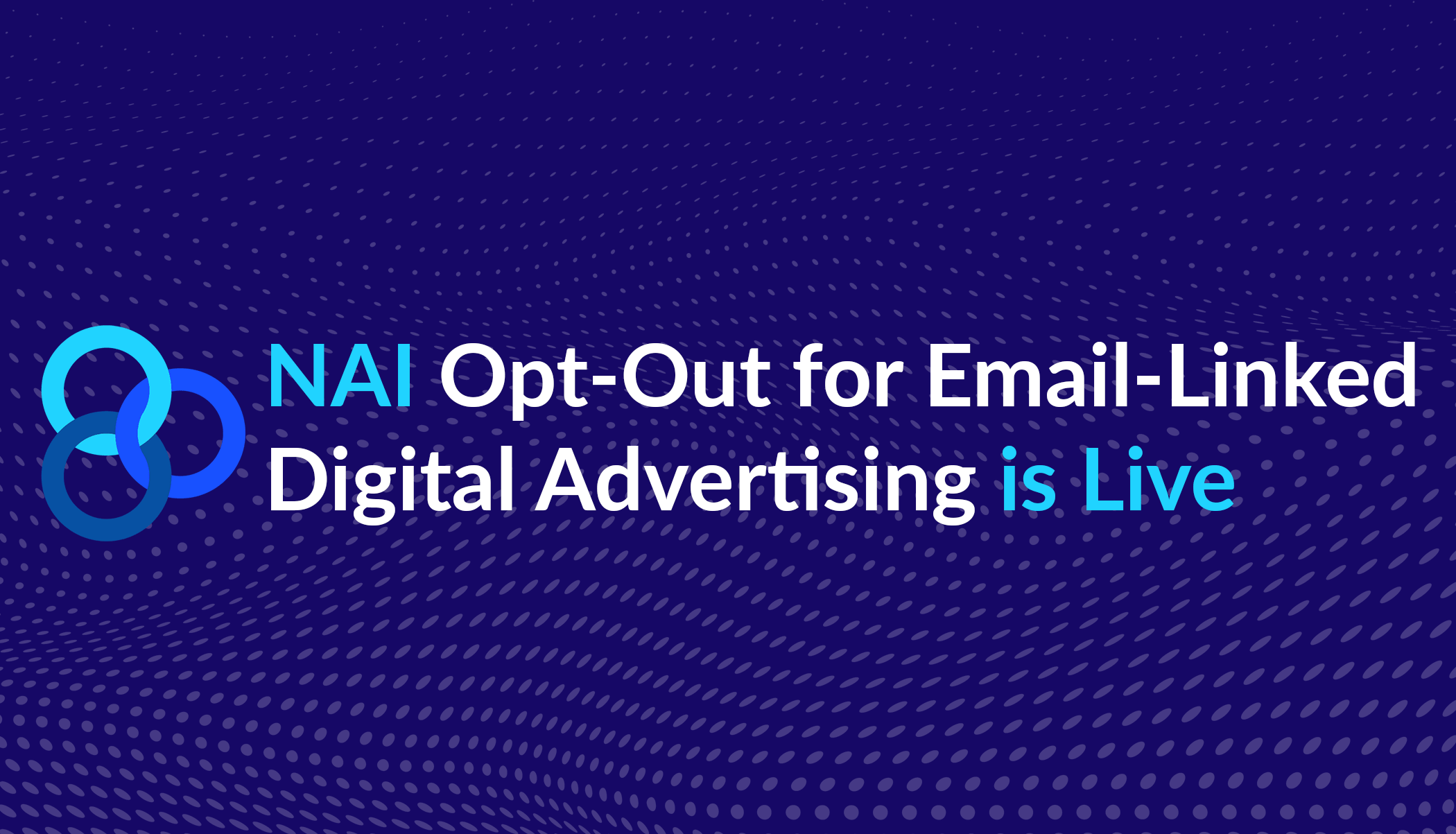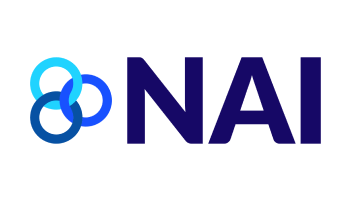NAI Releases Mobile Application Code
This morning, the NAI released the 2013 Mobile Application Code, which expands the NAI’s self-regulatory program to cover data collected across mobile applications. The new guidelines are designed to bring the high standards of the 2013 NAI Code of Conduct to mobile devices while simultaneously providing ample flexibility for the still-young mobile ecosystem to develop. As the NAI begins to welcome members into our mobile compliance program, consumers will benefit from increased transparency and control over the types of data that are collected through applications on their mobile devices. We hope that by providing consumers with meaningful information and choices regarding member’s data collection and use practices, we can foster the growth of a healthy and responsible mobile advertising ecosystem.
The Mobile Application Code is the final product of nearly a year of working group meetings and one-on-one conversations with both member and non-member companies. While substantially similar to the 2013 NAI Code of Conduct, the Mobile Application Code provides new guidance on how members can provide adequate notice and choice on small screens as well as best practices for the collection and use of precise location data and other types of personal data, such as contact lists and photos. The Mobile Application Code has also been carefully drafted to complement other mobile privacy initiatives, like those being developed by the Digital Advertising Alliance, the Mobile Marketing Association, and the National Telecommunications & Information Administration.
The NAI will work closely with both old and new members over the next year to educate them about our mobile principles and ensure that their mobile business models meet the high standards that industry has come to expect from NAI members.








